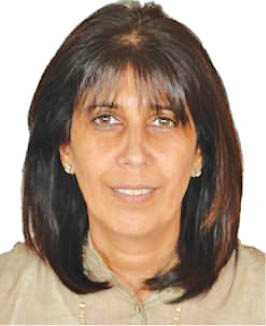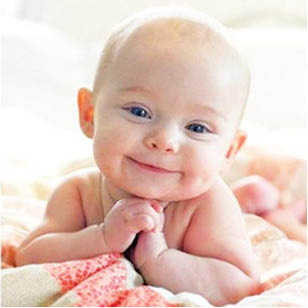Interesting Facts About Assisted Reproductive Techniques
.
.
 What Is The Difference Between Intra Uterine Insemination (IUI) And In-Vitro Fertilization (IVF)?
What Is The Difference Between Intra Uterine Insemination (IUI) And In-Vitro Fertilization (IVF)?
In IUI, the lady is treated with tablets or minimal doses of injections or both, with the idea of development of 1 or 2 follicles, in one or both the ovaries. The follicles are allowed to rupture with injections and following that the husband’s processed semen sample is introduced through the vagina into the uterus. The fertilization of the egg with the sperm takes place in the tube.
In IVF, the oocyte is retrieved and the sperm is injected into the egg (ICSI) in the laboratory. The embryo formed is then transferred into the patient.
.
 What Is The Success Rate Of IUI/IVF?
What Is The Success Rate Of IUI/IVF?
The success rate of IUI varies between 18-25% in properly selected cases. If a couple does not conceive in 3-4 cycles, it is time to move on. The success of IVF depends on many factors including age of female partner, duration of infertility, cause of infertility, ovarian volume and various hormonal parameters. If all factors are within normal range and the age of the woman is less than 35 years, the chance of success is as high as 45-55%.
.
Single Baby, Twins Or Triplets?
The rate of having twins and triplets in normal conception is 1 in 80 and 1 in 1600, respectively. In IVF/ICSI the average number of embryos transferred by Indian doctors is 3 in young women and 4 in older women to get a satisfactory fertility outcome. However, 70%-80% of IVF conceptions will still be a singleton. There is a 10%-15% chance of twins, and only 1%-2% chance of triplets.
.
What Are The Factors That Decrease Fertility?
The biggest factor affecting fertility is age. A woman is most fertile between ages of 20 – 29 years. There is a marginal decrease in fertility till the age of 35 years. Beyond the age of 37 years, there is a steep decline and every month is crucial. Anxiety and stress impact all aspects of our lives negatively. Stress plays a very detrimental role in fertility, disallowing hormones to act adequately. The requirement for fertility drugs is increased and the response to fertility medication is not up to the mark. A de-stressed attitude is essential for adequate response. Many couples have gone for a vacation and then returned pregnant naturally! Smoking and alcohol should be avoided as these cause a decrease in the quality of eggs and sperms.
For further details and assistance, contact the Jiyo Parsi Team:
Dr. Katy Gandevia – 9819140820, email: katygandevia@gmail.com
Mrs. Pearl Mistry – 9822291743, email: pearlmistry3jp@gmail.com
- દિકરી એટલે બીજી માં… - 20 April2024
- નાગપુરની બાઈ હીરાબાઈ એમ. મુલાનદરેમહેરનો ઇતિહાસ - 20 April2024
- વિશ્વ ભારતી સંસ્થાન દ્વારા રતિ વાડિયાનુંસન્માન કરવામાં આવ્યું - 20 April2024
